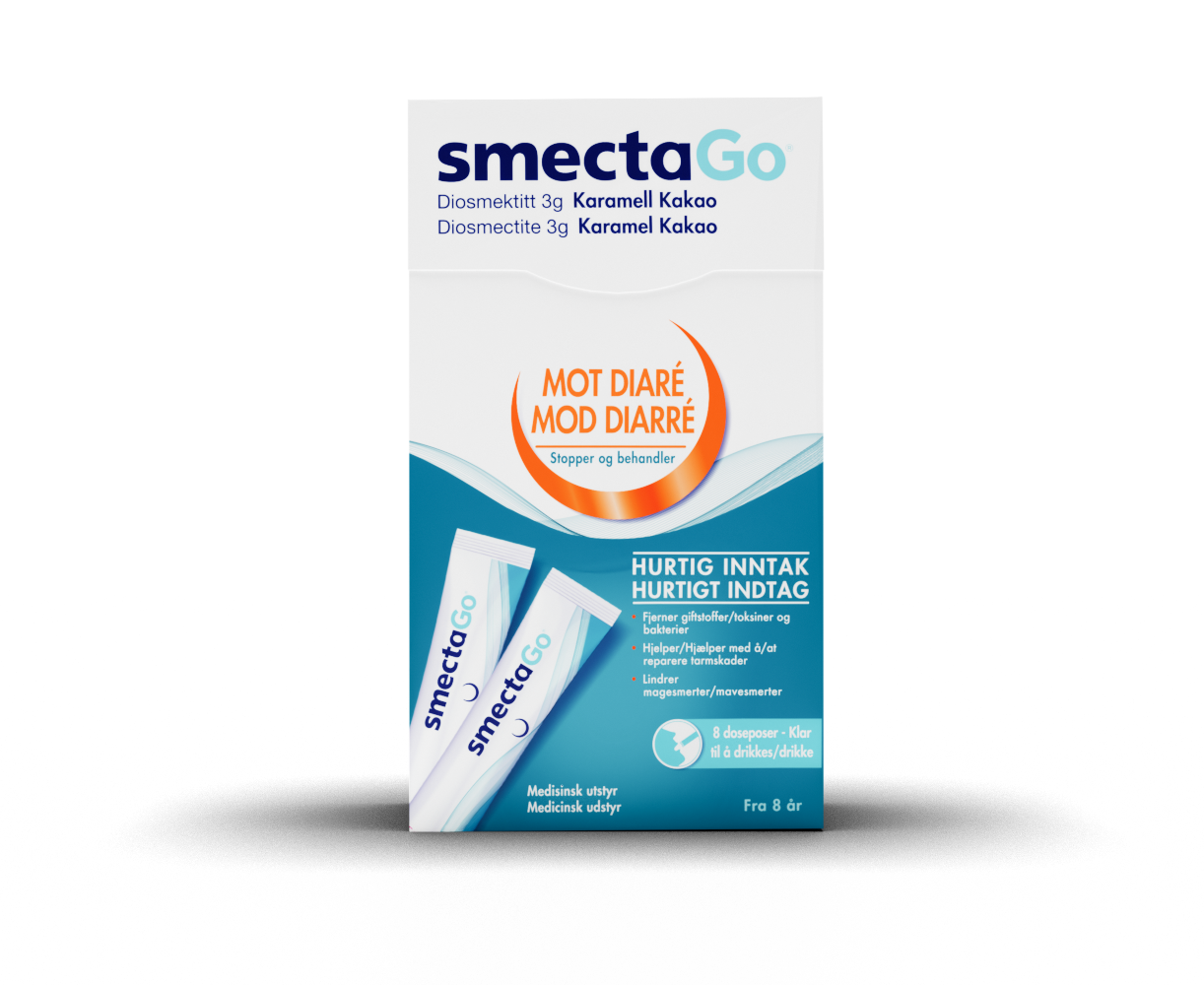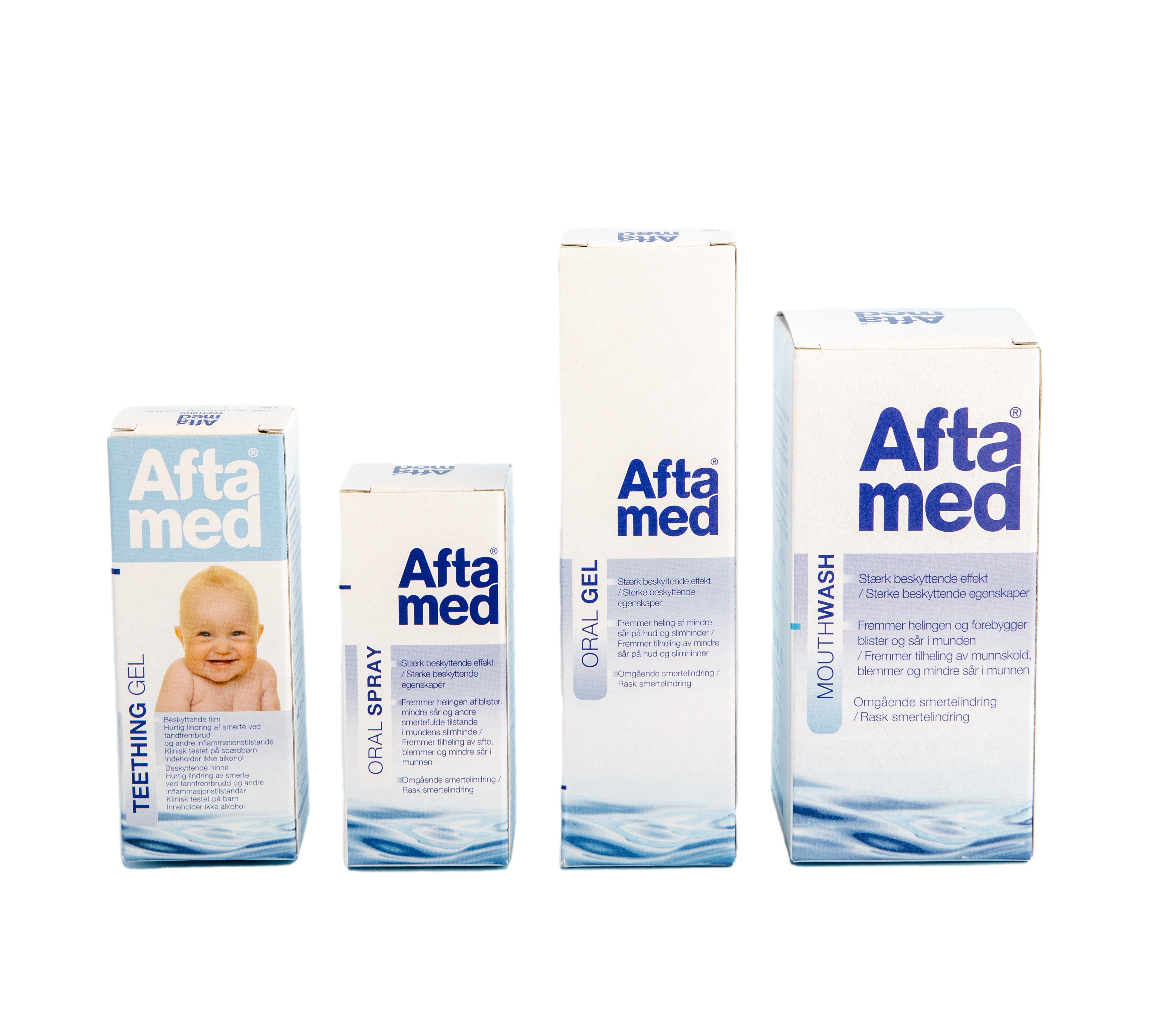Consumer Health

The Consumer Health product portfolio includes a variety of non-prescription drugs and health care products, sold through pharmacies and drugstores.
Consumer Healthcare products aim to increase self-care and Navamedic contributes with unique products that target specific needs that will help consumers. Our products are available in the Nordics, Iceland and Benelux.





